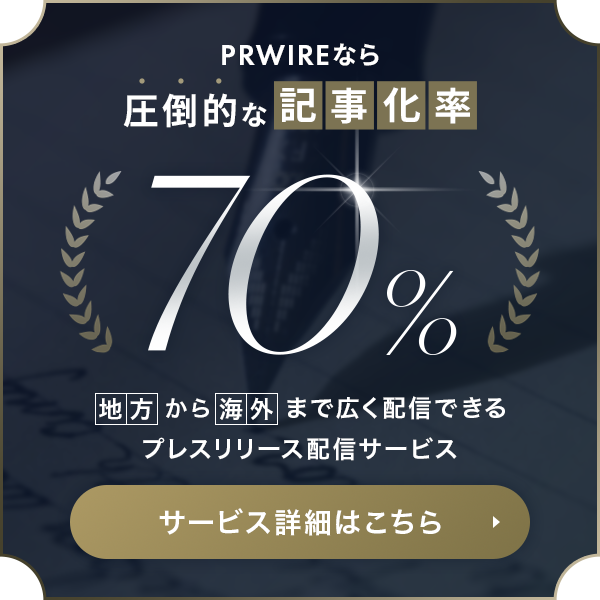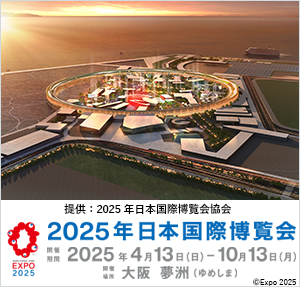China's Major Winemaking Region Deams Big
PR86264
YINCHUAN, China, Oct. 27, 2020 /Xinhua=KYODO JBN/ --
An international wine expo that ended on Friday once again put China's Ningxia
Hui Autonomous Region under the spotlight.
The ninth Ningxia International Wine Expo was held at Helan Mountains' Eastern
Foot, attracting hundreds of experts from 96 countries and regions to attend
online and offline, sharing opinions on the development of the wine industry.
"Ningxia has made great achievements with its improved product quality improved
and brand polished under preferential policies for the wine industry, said
Regina Vanderlinde, President of the Paris-based International Organization of
Vine and Wine.
Over the years, Ningxia has been rapidly transforming itself into a major
winemaking region in China. It currently holds 32,800 hectares of grape
plantations, generating an annual output of 130 million bottles of wine and a
comprehensive output value of 26.1 billion yuan (about 3.9 billion US dollars).
Ambition runs high as Ningxia plans to double the area of grape-growing
plantations by 2025, with an annual production of 300 million bottles of wine.
Vineyards in Gobi Desert
With abundant sunlight, rich irrigation and an appropriate climate, Ningxia's
vast and barren Gobi Desert is deemed optimal for growing wine grapes.
In 1984, Yu Huiming, along with seven young winemakers, spent four months
making wine in more than 100 pickle jars.
At that time, many Chinese wineries were shut down due to a lack of industry
standards, and few domestic consumers appreciate wine. The winery Yu worked
for, Ningxia's first, also underwent a rough time. "Workers couldn't get paid
on time, and six of my colleagues left for a better living," Yu recalled.
However, Yu chose to stick to the industry.
In the 1990s, a foreign company bought the winery's overstocked wine and sold
the wine with the company's own label for 268 yuan per bottle.
"I then realized that our wine do have a demand, but we need our brand to tap
into the market," said Yu.
In 2011, Ningxia government launched a series of favourable policies to regulate
the wine industry and encourage wineries to produce high-quality and branded wine.
Since then, the preferential policies have attracted numerous chateaus from
home and abroad to establish wineries in the region. As a result, batches of
high-quality Ningxia wine flowed into the market.
As of 2020, more than 1,000 wine variants from 50 local chateaus have won top
wine contests around the world. Ningxia's wine has been exported to more than
20 countries and regions.
Dreamland for Winemakers
Liao Zusong, 35, chief winemaker of the Xige Estate, a chateau in Ningxia,
returned from an Australian wine farm in 2014. He participated in the whole
winemaking process -- from the construction of Xige's vineyard and winery as
well as the design of winemaking techniques.
"I want to be a winemaker who knows the whole production industry chain from
grape growing to vinification," Liao said.
Xige now boasts of over 1,333 hectares of vineyards with an annual output of
more than 1 million bottles. "I believe we can produce the best wine for
customers across the country and even the world," said Liao.
Meanwhile, in order to polish local wine brands and improve winemaking skills,
Ningxia government has also invited winemakers from world-famous wine regions
to come to work in the industry. So far, 60 winemakers from 23 countries and
regions have come to Ningxia.
Booming Wine Tourism
Zhao Liang, a tourist and a wine connoisseur from Beijing, drove all the way to
Xige Estate with his friends. "I have been to many foreign wine farms, but I'm
still impressed by the taste of Ningxia wine and the advanced production line
of local wine farms," he said.
"The chateau is also close to many tourist destinations. It's especially suitable
for developing wine tourism," said Zhang Yanzhi, founder of Xige Estate.
Ningxia has been tapping the potential of the wine tourism market. Currently,
Ningxia chateaus receive more than 600,000 tourists a year.
"The wine-driven tourism plays a key role in promoting the region's tourism
industry and fuelling wine consumption," according to Zhao Shihua, an official
with the grape industrial park of the eastern foot of Helan Mountains.
Source: The Organizing Committee of Ningxia International Wine Expo at Helan
Mountains' Eastern Foot
Image Attachments Links:
Link: http://asianetnews.net/view-attachment?attach-id=374947
Caption: A staff member conducts sampling inspection to the finished wine products at
the Xige Estate in northwest China's Ningxia Hui Autonomous Region, April 10,
2020. Workers of wine companies in the east Helan Mountain area are busy with
farm work in grape plantation and making efforts to take orders to promote
local wine industry.
本プレスリリースは発表元が入力した原稿をそのまま掲載しております。また、プレスリリースへのお問い合わせは発表元に直接お願いいたします。
このプレスリリースには、報道機関向けの情報があります。
プレス会員登録を行うと、広報担当者の連絡先や、イベント・記者会見の情報など、報道機関だけに公開する情報が閲覧できるようになります。










